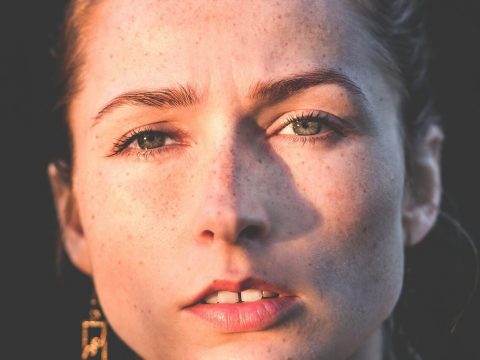Temperatures are rising and summer is finally coming. For many of us this means to enjoy the sun outside in the nature or in the garden at home. However extensive sun bathing is known to be able to result in considerable damage to us, therefore according to the German dermatologic Union (DGG) there is an urgent necessity to inform about the risks that are co-related to moderate exposure to sunlight. This gains significantly more importance due to the dramatic increase in uv-caused light damages. Due to this fact I have gathered some facts for you.
Human skin which comes with an endogenous sun screen is dependent on the individual skin type. Fair skin has an average self-protection time of about 10 minutes, whilst darker skin types come to about 30 minutes. Unprotected exposure to the sun after this time can cause acute skin damage such as sun burn or possibly long-term consequences for example the building of faulty or even mutated cells which may result in skin cancer or premature skin aging.
The first signs of a sun tan already indicate an active sun screen mechanism of the body against too much sun. The skin cells build melanin which protectively closes around the dna of the cell nucleus in order to protect it from further damage. The only effective remedies against permanent damage to the skin from sun rays is the application of protective sun screens with at least sun protection factor 15 in combination with any textile sun screen (clothing, headwear) as well as adequate dosage of direct and indirect exposure to ultra violet rays.
In the past 10 years there has been massive progress in the development of sun screen products, the new variety is however rather confusing to the consumer.
There are 2 types of light screen, chemical and physical. Chemical light screen means that the product contains organic filter substances, which are able to transfer certain wave lengths of uv-rays into e.g. warmth. In order to cover the broadest possible range of uv-b and uv-a rays, different substances are combined, which are however non-toxic and therefore represent the lowest possible risk.
Physical light screen in turn is based on the principle of reflection. This kind of protection offers a kind of protective screen using tiny titanium oxide- and zinc oxide particles on the skin which reflects and scatters sun rays like a mirror. Due to this they initially cannot reach deeper skin layers and cause damage.
New light screen products usually contain a combination of both light screen types as these result in a very high protective power. An important role is also based on the amount of the product applied. Researches show that consumers generally apply too little of the protective product whereby the effect can be reduced by 30 to 50 %.
Generally, the following guidelines apply for risk free sun bathing:
- Apply sun screen in due time, sufficient, equally and repeatedly
- Avoid the sun between 12:00 and 15:00, as it is strongest at this time
- Refresh sun screen after contact with water
- Use additional protection from clothing and headwear, especially during outdoor sports activities
- Light screen factor should be at least 15
- Special protection is necessary when suffering from illnesses such as rosacea or lupus erythematosus
Our partners are specialised in the diagnostics and treatment of skin deficiencies. Please contact us if you wish to set up an appointment with a specialist for dermatology / oncology.



